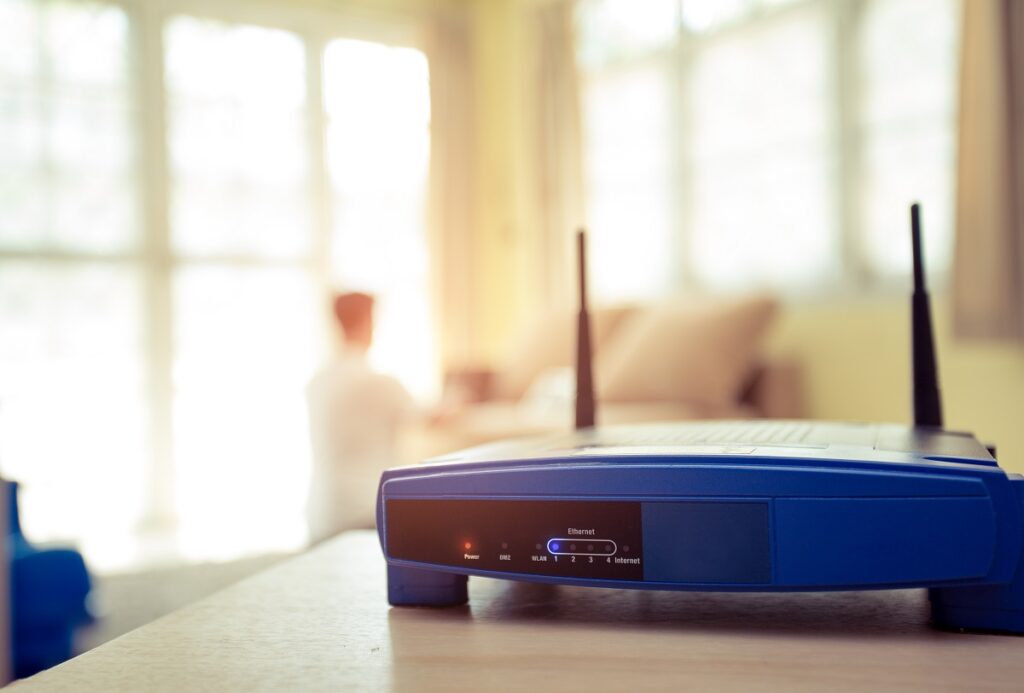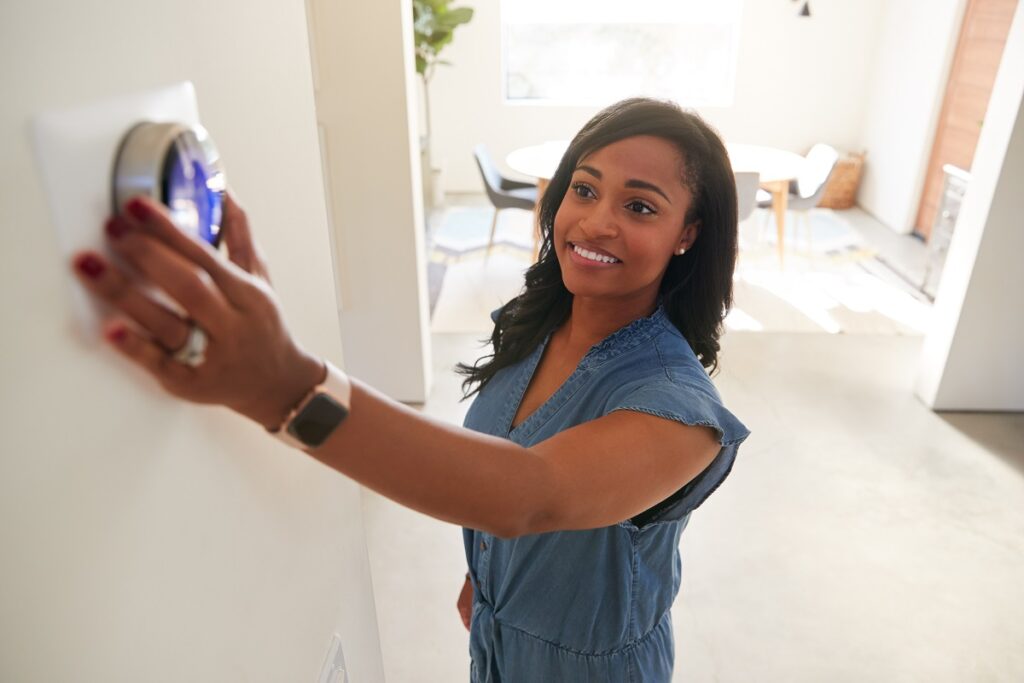Our phones are smart. Our cars are becoming smarter. It was only a matter of time before our homes followed suit. Of course, smart homes are more than just “cool.” Their security measures can help safeguard your largest asset and your most precious loved ones.
If you’re not sure how to make your home “smart,” our experts put together this quick go-to guide to get you started!
What you need to consider before starting your smart home journey
One of the first tips to a successful smart home tech journey is deciding if you’re going to DIY the installation or go all in with PSE (“pay someone else” to do it). If you’re not tech- or home-savvy, you may want to consider getting a home security system installed. Many security companies have a team who will install the smart home tech devices for you.
If you’re going the DIY route, then follow these simple tips:
Tip #1 – Create a plan for your smart home journey.
While you no longer have to stick to one company (Google, Amazon, Yale, GE Lighting, etc.), some smart home devices are not compatible with others. This may change as of this year with Matter, a new connectivity standard. Matter may be able to connect individual smart home tech products from more than 50 companies, but only time will tell if its implementation works. Until then, check to see if the devices you want in your home are compatible with each other.
Tip #2 – Set up a second router.

If you’re going to be using Wi-Fi for your devices, then consider setting up a different router from your current home one. This should help to keep your devices running quicker and also keep your devices safe(r). If your home router or your smart home router is hacked, the devices on the opposite router won’t be compromised.
Tip #3 – Or skip the Wi-Fi.
If you don’t trust your Wi-Fi, then consider connecting your smart home devices to a Z-wave mesh network. This type of network uses low power and a different frequency than Wi-Fi, so it won’t interfere with your non-smart home devices. It also uses the same encryption as online banking and is used by nine out of 10 of the leading security companies. With this network, you shouldn’t get your smart thermostat hacked and upped to 90°F.
Check out our blog with the National Cybersecurity Alliance to find out more ways to protect your private information.
Tip #4 – Contact your insurance company.
Since some smart home devices double as security devices, many insurance companies offer discounts for homeowners who install them. Just make sure that if you get a discount, you use your smart home devices. If you forget to charge your Ring doorbell and someone happens to break in that night, your theft claim can be denied.
Tip #5 – Explore the possibilities.
Between smart light bulbs that can turn different shades to refrigerators that can tell if you’re out of milk, the possibilities are (almost) endless when it comes to smart home technology. Make sure you take advantage of all smart home technology has to offer, including the ability to change the thermostat without ever getting out of bed. Welcome to the future!

Starter smart home tech
So where, exactly, do you begin your smart home journey? Here are a few products that are easy to install that can improve the safety and comfort of your home!
Step #1 – Start outside with a video doorbell
Indoors safety starts by protecting the exterior of your home, and a video doorbell is a first easy step into the world of smart home safety. A video doorbell allows you to see and speak with a visitor on your doorstep, even when you’re not home. If a “porch pirate” or burglar walks up to your front door, you’ll have them on camera.
Step #2 – Protect your home’s exterior
A natural next step is to install motion-activated cameras and lights around your property. These protect your property by illuminating dark areas and potentially catching would-be burglars off guard. They are also a plus if your trash bins usually get ransacked by raccoons or bears, though sometimes the sudden light will not scare off those creatures of the night.
Step #3 – Head indoor with cameras
If you’re looking for safety or to see your children come home from school, then indoor cameras may be next on your list. Just make sure to do your due diligence. Some cameras – even pet cameras – have been hacked, so you may want to consider getting cameras that record locally and don’t use a cloud service.
Step #4 – Warm up to the idea of smart thermostats

While programmable thermostats have been touted for some time as being energy efficient, smart thermostats take your energy-saving efforts up a notch. Forgot to turn down your thermostat before leaving home? You can do it from an app on your phone! If you keep your thermostat low during the day to save energy, then you can turn it up when you’re on your way home and turn it down again when you’re getting into bed – all from an app.
Step #5 – Go all in with the sensors
Whether you have the latest PlayStation, a large screen TV, or Wayne Gretzky’s hockey stick, one of the best ways to protect your home (and stuff!) is with a home security system. Experts say that a home with a security system is 300% less likely to be burglarized than a home without one, and most models not only have central monitoring but also additional safety features. Many come with smoke and carbon monoxide monitoring, water sensing, and even panic buttons.
Before you decide on your security system, check the different packages and inclusions, so you can choose the system and plan that best protects your home and family.
Enjoy a new way to manage your home
Homeownership can be hard, but it doesn’t have to be. The vipHome.app can help. In less than four minutes, enjoy a new way to manage your home. Simply download the app, register your home, and enjoy a simplified homeownership experience.
Get it today!







